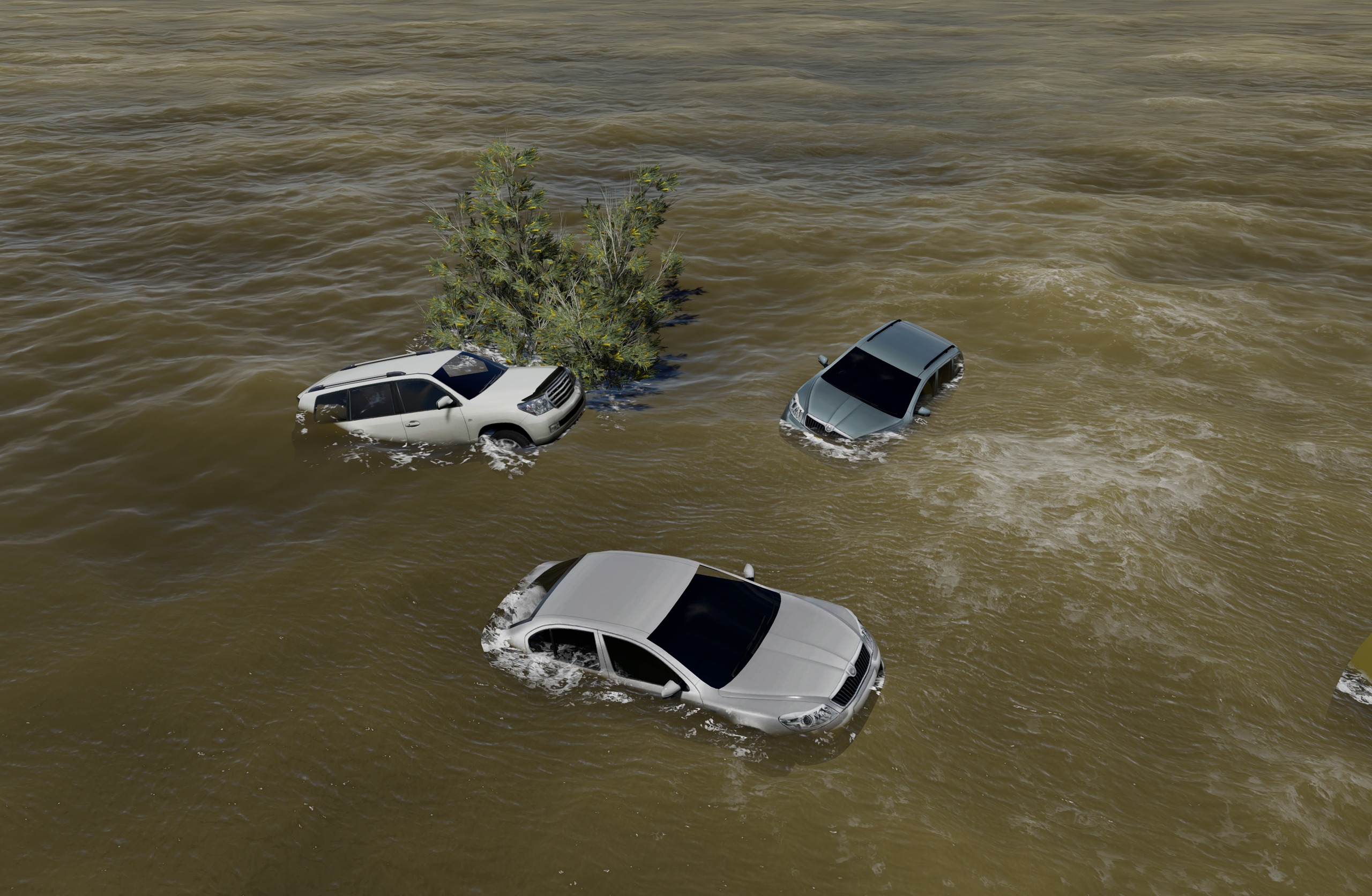Exploring The Various Types Of Floods And Their Dangers

Flooding is one of nature’s most destructive forces. Each year, floods wreak havoc on communities and infrastructure, causing widespread damage. The types of floods differ in their causes, intensity, and impact on both the environment and human settlements. From the slow buildup of river floods to the rapid onset of flash floods, understanding these events is important for planning, mitigation, and recovery.
River Floods
River floods occur when water levels rise above normal levels due to excessive rain, snowmelt, or ice jams. When rivers overflow, they can flood large areas of land and affect everything from agricultural fields to urban areas. These floods build over time. They make early warnings and preparedness more feasible.
Sometimes, even with advance notice, the scale of the damage can be significant, impacting homes, roads, and businesses. The slow rise of water might offer time for evacuation. However, property damage can still be overwhelming, especially for those without proper flood insurance or appraisals.
Coastal Flooding
Coastal areas face flooding when high tides are combined with heavy rainfall and onshore winds. As the sea rises, it floods low-lying areas, often leading to severe property damage.
In places like Charleston, South Carolina, and Savannah, Georgia, this kind of flooding happens several times a year. Coastal developments can amplify the risk, as lower elevations are more susceptible to inundation.
In the case of a storm surge, where water levels rise quickly due to high winds from hurricanes, floodwaters can overwhelm even the most prepared regions. Damage from coastal flooding is especially severe for businesses, as it can halt operations for days or weeks, with long-term economic consequences.
Flash Floods
Flash floods are among the most dangerous types of floods because they occur suddenly and without much warning. Caused by intense rainfall over a short period, they can turn roads into raging rivers in a matter of minutes. These floods are particularly dangerous in urban areas, where water has nowhere to drain quickly.
They also cause serious damage to buildings, roads, and infrastructure. This often leads to significant property losses. Flash floods can occur rapidly, making response and recovery challenging. Construction monitoring and damage claims take a central role in assessing the extent of the destruction.
Storm Surges
Storm surges are abnormal rises in water levels that occur during storms, particularly hurricanes. They are the most devastating aspect of hurricanes, with waves pushing large amounts of water onto land. Storm surges can flood entire coastal regions, damaging buildings, roads, and utilities. It is dangerous because it often coincides with high tides and increases the extent of the flooding.
The result is a deadly combination of water and winds that can devastate properties and cause loss of life. Storm surge is one of the most destructive forces in nature. It requires extensive recovery efforts from both private and public sectors.
The Need for Proper Flood Management and Preparedness
Understanding the types of floods is important for managing the risks associated with each. Regular inspections, building evaluations, and appropriate appraisals help property owners prepare for potential damage. For those affected, quick response teams and damage claims assessments are necessary for minimizing the financial impact of these disasters.
Stone Building Solutions helps in making sure that properties are properly assessed and fortified against flood risks. Our expertise in construction monitoring, damage claims, and appraisals makes sure that when the worst happens, property owners can recover quickly. Contact us for more information.
